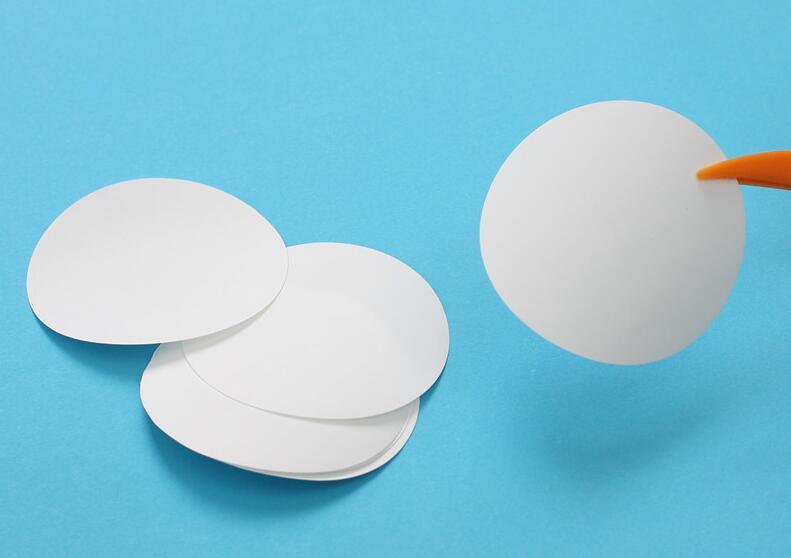PTFE membrane filter have an excellent chemical compatibility, so that they are also used for the filtration of solvents and acids, to which other filters are not resistent. Due to their hydrophobic characteristics, they must be prewetted with ethanol or methanol before the filtration of aqueous media.
Introduction
Membrane filters or “membranes” are microporous plastic films with specific pore size ratings. Also known as screen, sieve or microporous filters, membranes retain particles or microorganisms larger than their pore size primarily by surface capture. Some particles smaller than the stated pore size may be retained by other mechanisms.PTFE membranes are produced by three different processes. Mixed Cellulose Esters, Cellulose Acetate,and Nylon are reverse phase solvent cast membranes, where controlled evaporation or removal of the complex solvent system forms the porous structure. Both hydrophilic and hydrophobic PTFE are made by a patented process where the membranes are stretched biaxially to form the porous structure.
Performance Characteristics of PTFE Membranes
- Strong: PTFE membranes are monitored for both burst (longitudinal) and tensile (lateral) strength.Supported Acetate and Nylon are the strongest reverse phase membranes available.
- Chemically and biologically clean: As part of a comprehensive quality program, only high purity reagents and raw materials are used to produce PTFE membranes.Once cast, the membranes are handled in a class 1000 clean room to minimize ambient contamination. While some membranes require a small amount (0.1–3 weight %) of an aqueous wetting agent, Cellulose acetate has the lowest aqueous extractables (0.1 weight %) and Nylon, inherently hydrophilic, contains no added wetting agents or surfactants.
- Thin membranes with high porosity: Uniformly thin membranes (typically 150 µm) with high porosity (about 80%) provide high gas and liquid flow per unit area. High porosity also provides high surface area for adsorption or binding.
- Thermostable: All PTFE membranes can be sterilized by autoclaving. Operating temperatures of up to 180°C can be achieved depending upon the membrane polymer .PTFE membranes exhibit minimal shrinkage at elevated temperatures.
Quick Guide to Selecting Membrane Filters
- Determine what liquid or gas will be filtered.
- Check which membranes are chemically compatible.
- Determine the maximum pore size required to achieve the results you want.
- Check the membrane specifications for any unusual process conditions that might otherwise limit your choice of membrane (e.g. temperature).

Post time: Apr-04-2020

